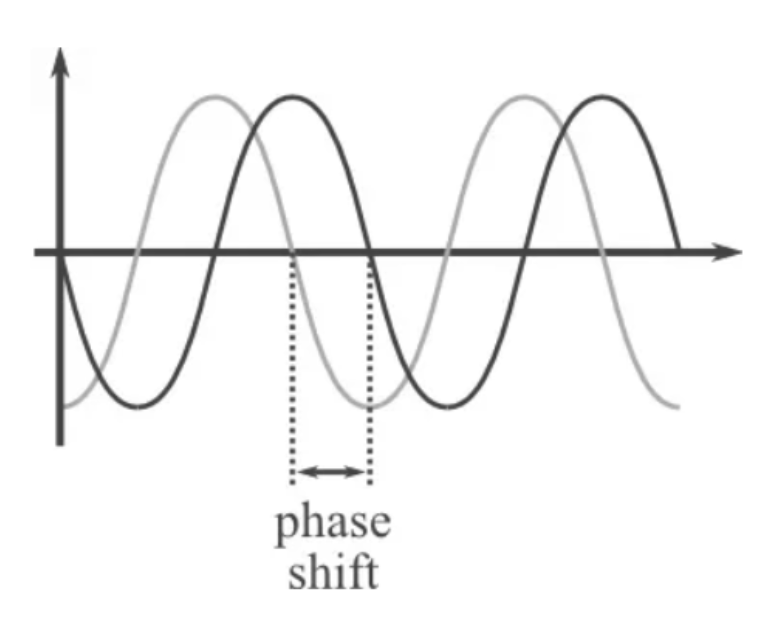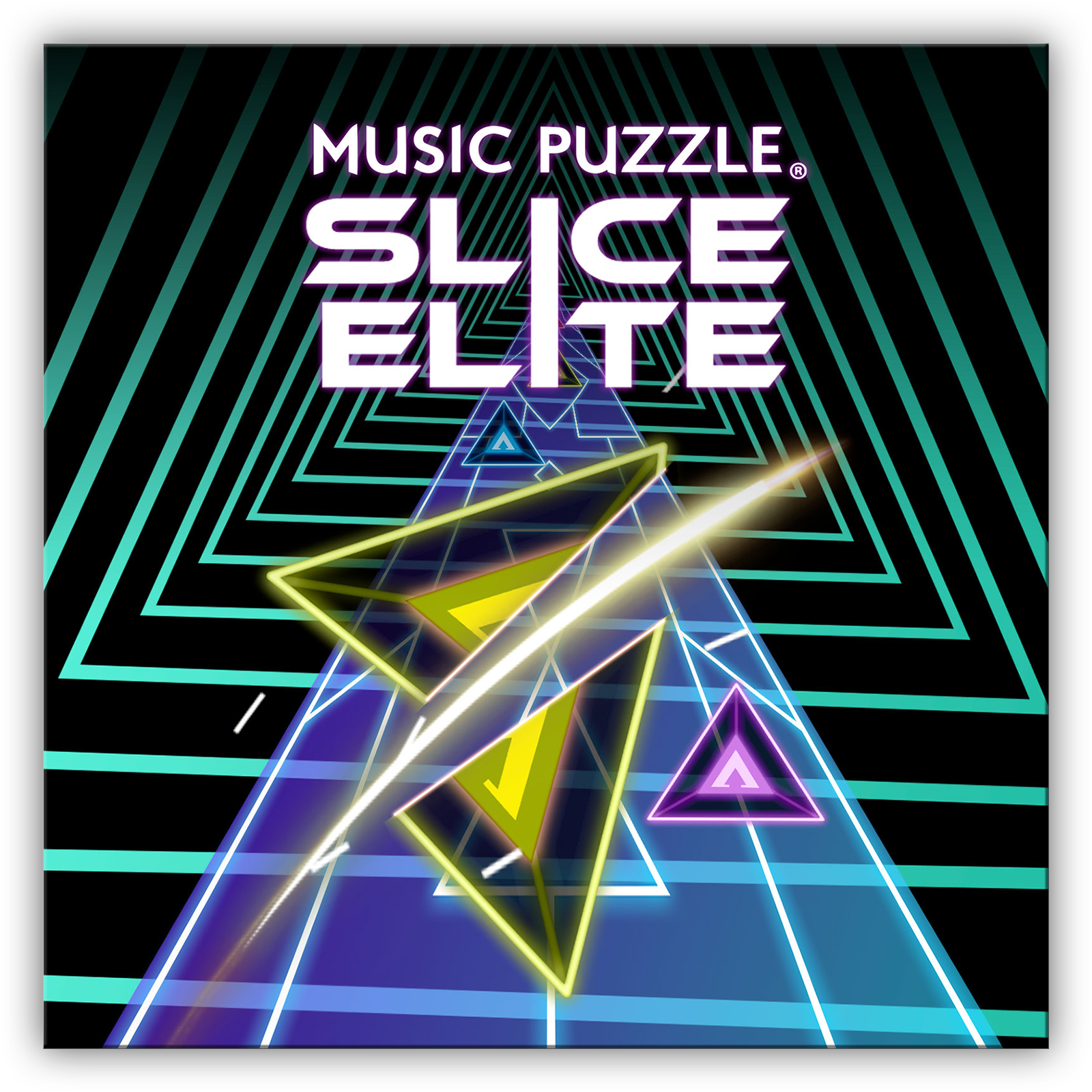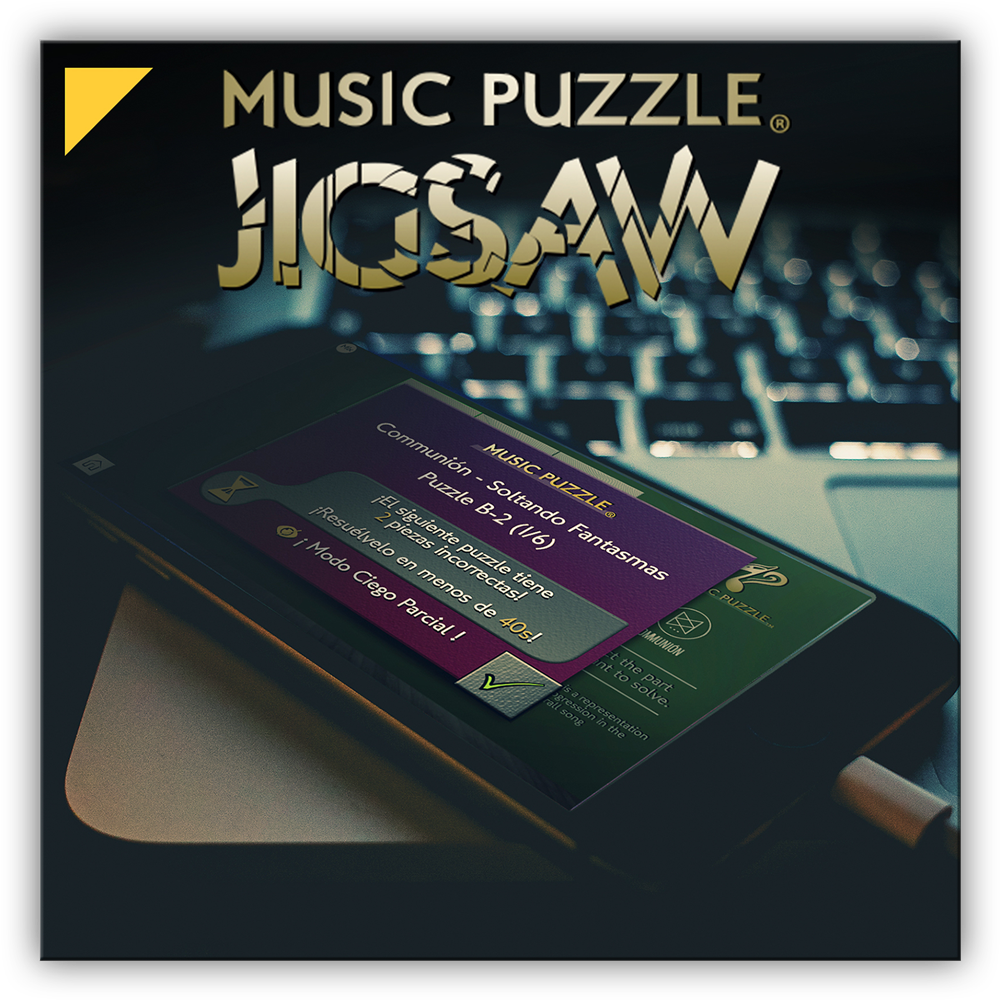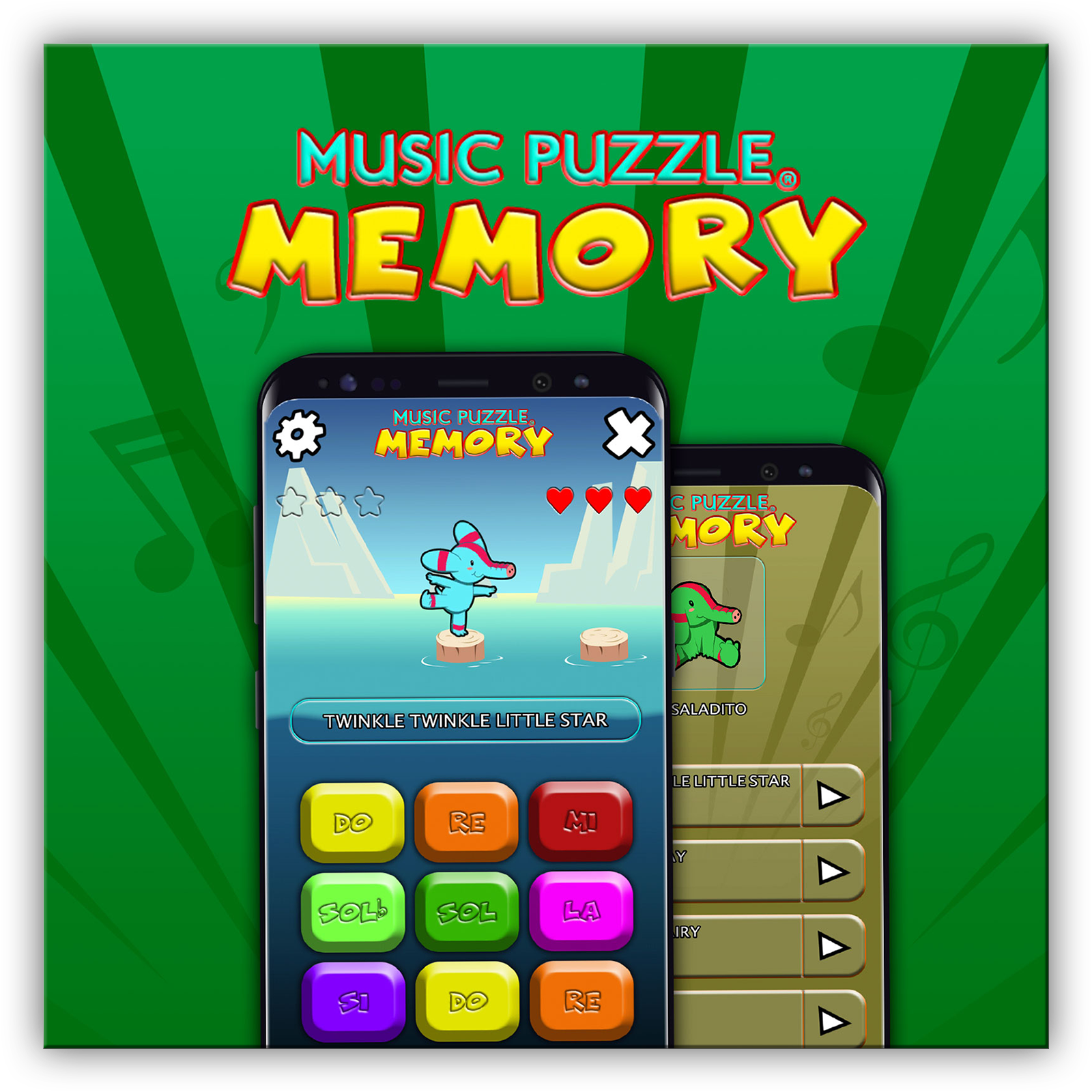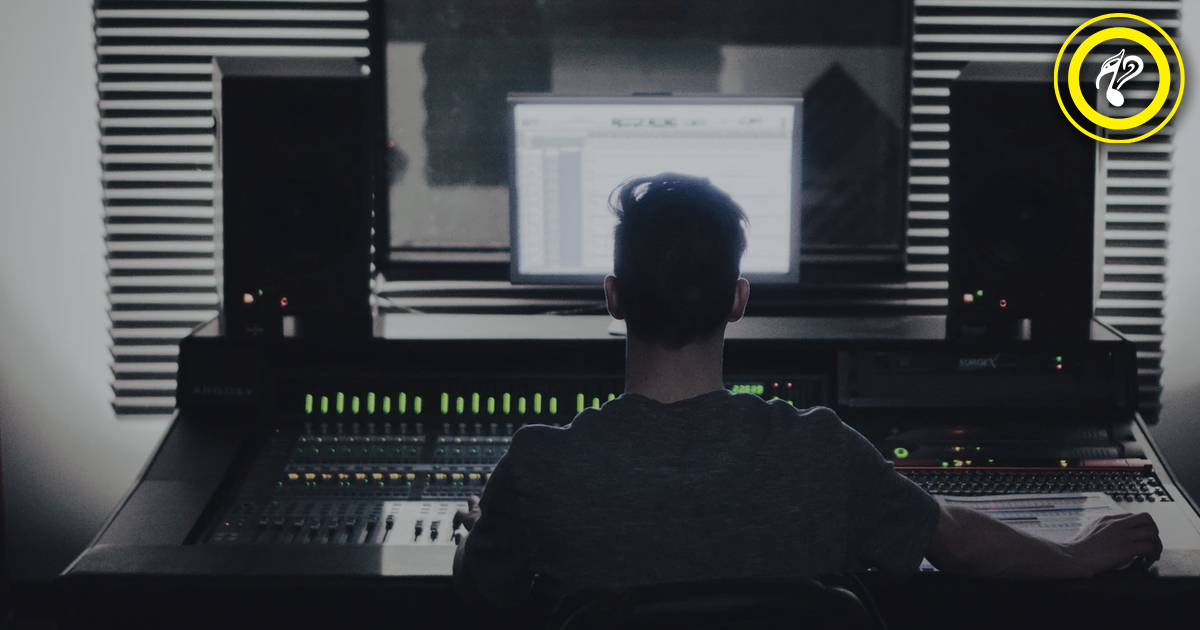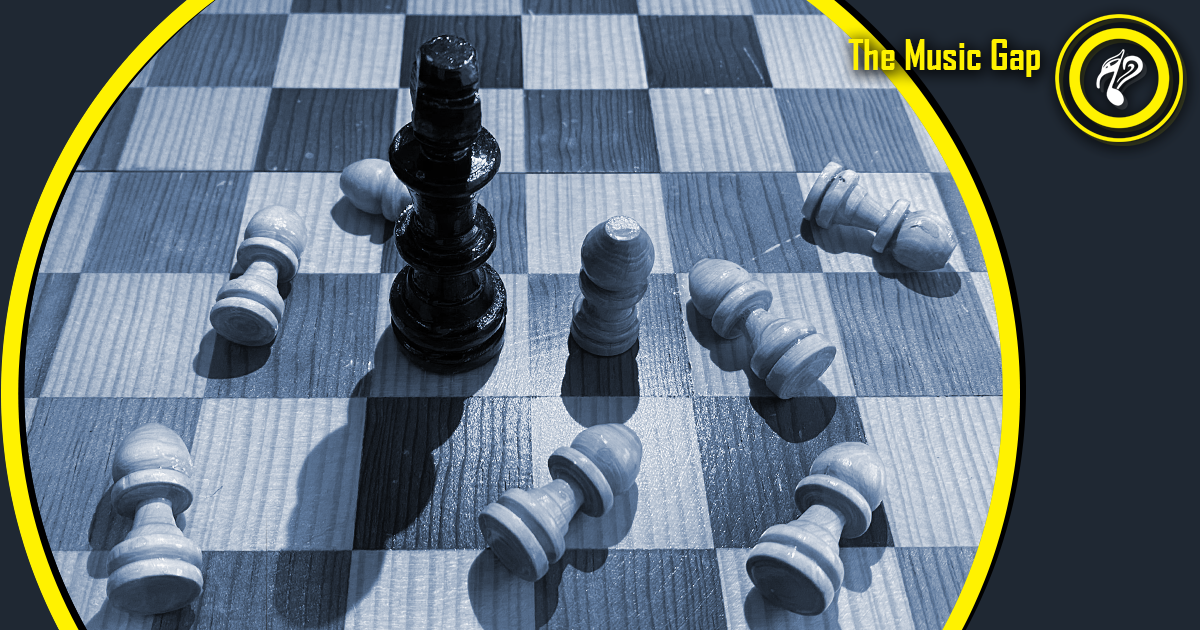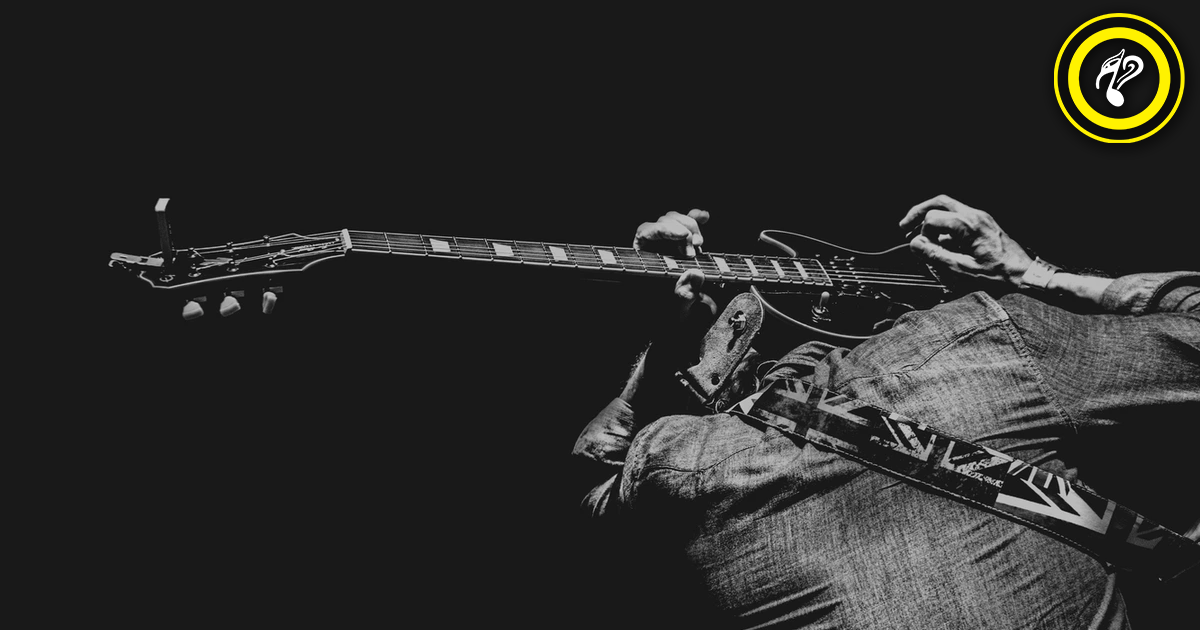Why do we dance?
Opinion

Let’s say you’re visiting a friend's house, talking and hanging out, and you notice one thing on the wall that you can’t look away from: a crooked picture. Some of us, no matter how hard we try, cannot stop ourselves from constantly looking at that picture, with an irresistible desire to put it right.
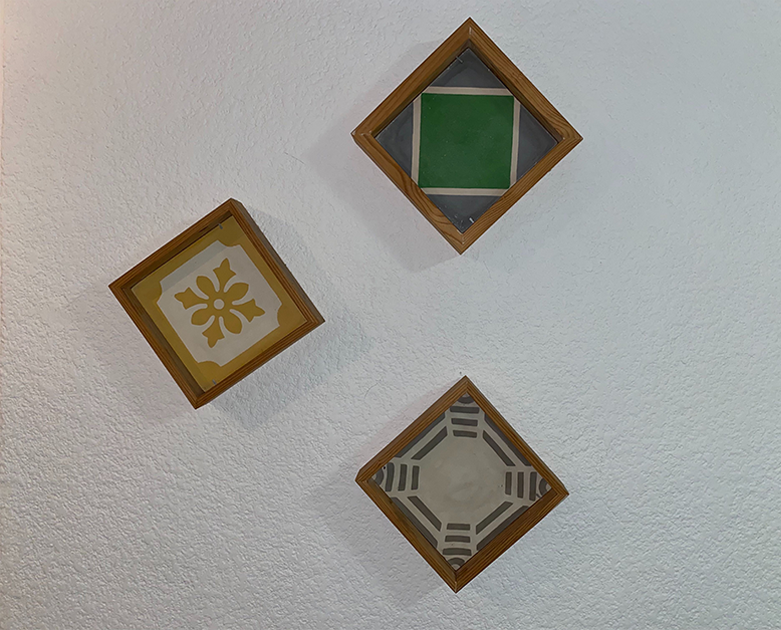
Why? It’s not your house; you shouldn’t care, right? Wrong… because as humans, we like harmony. For many of us, harmony is balance, predictability, symmetry, and synchrony.
There are tons of articles with thousands of reasons why it’s good to dance: it’s an ideal sport to be in shape, it allows you to socialize and make new friends, it provides confidence, it’s relaxing, it allows you to acquire better posture, and it’s a mental workout. While all of this is true, they are not reasons to dance; rather, they’re consequences or practical purposes of dance.
However, much like we couldn't stop looking at that crooked painting, the same thing happens to us when we see someone dancing:
We have our gaze fixed on them. Observing their movements, we delight in their bodies’ undulation. Their legs provoke their hips while their feet seem to fly. Their torsos twist and they throw their arms. The movements extend to our hands and explode at the tips of our fingers with a brilliant energy that makes us vibrate. The dancers' heads add the finishing touch, emphasizing the movements. Or better yet, viewing them with contempt, just as a Greek god would be when hailed by us, his human admirers.
Thus, we fall in love. There’s so much beauty, so much movement, so much airspace painted with bodies and hair, we simply can’t peel our eyes away. We fall in love with the fusion of dance and music, of the sensation of being possessed and their rhythm moves them.
With good reason, this is why many love stories begin in dance halls and clubs. Dance is a language of the body, a mode of expression. It is a way of saying: “This is who I am. I wouldn't know how to express it in words, but this is who I am inside, and here’s the music that makes me feel alive.”
When an audience sees someone dancing, they recognize themselves. They can predict the movements and they’re surprised. From time to time, they’re bewitched and fall in love.
Dancing in sync with someone is like looking into their eyes. Without any explanation, without any premeditated reason, the heart beats faster.
Beautiful. So beautiful.
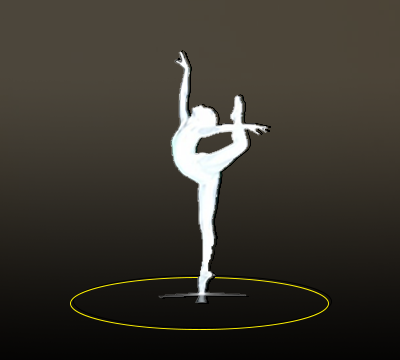
Researchers found that people who watched ballet had a muscular response in their arms, which is intriguing, since they’re not actively participating in the dance. Even so, apparently watching ballet generates a mirror neural response in the audience, which causes a subconscious muscular reaction in the arms.
According to The Washington Post, scientists believe that we tend to connect other people's movements to our own somatosensory system, which makes us feel the emotions we perceive in others as if they were our own. For this reason, when feeling similar sensations, people who were not dancing enjoy seeing dance as if they were doing it.
Dancing is an art form, meaning, it is a form of expression and togetherness. We express our joy, our friendship, and our belonging to a group through dance. We can also express our sadness and can mitigate it by dancing. We express our love with dance. And some of us express our feelings much better with dancing than with words.
Dance is not only a form of personal expression, because we can also surprise ourselves dancing alone. Not so much as we see in comedy movies, where someone enters the room and embarrasses us, but more often in a subtle way, slightly moving the head, fingers, or feet.
Moving your body in a rhythm is intuitive. Even babies move with music.
Physiologically, music has important effects on our brain:
It is known to stimulate areas such as the orbitofrontal cortex within the prefrontal cortex, located just behind the eyes, as well as the central region of the brain called the ventral striatum. In particular, the amount of activity in those areas depends on how much we appreciate music. It also activates the cerebellum, at the base of the brain, which is involved in coordination and movement.
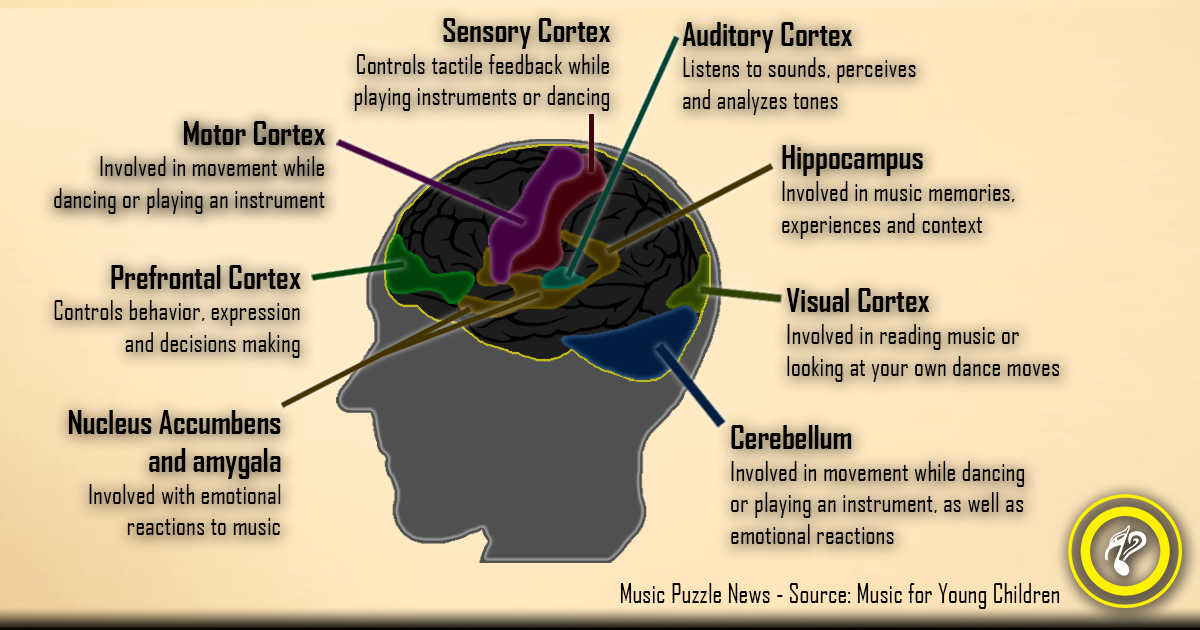
Additionally, researchers found that when we listen to music, our brains synchronize with it: in electroencephalogram recordings, they discovered that waves of brain activity appear, and those brain waves synchronize in a lazy phase with the rhythm of the music heard.
This is how researchers were able to determine that we think faster when listening to constant beat music than when listening to music where the rhythm is difficult to determine – which will be the subject of another blog.
When we listen to music that we like, our inner ear stimulates the brain to release endorphins that provoke feelings of pleasure and happiness. Our brains are in sync with music, and our bodies are too. All of this harmony and balance is beautiful.
Music and dance move us and bring us together; for us, this is the world’s best yoga practice.
Cheers to dance!
If you enjoyed the article, you'll love these games:
